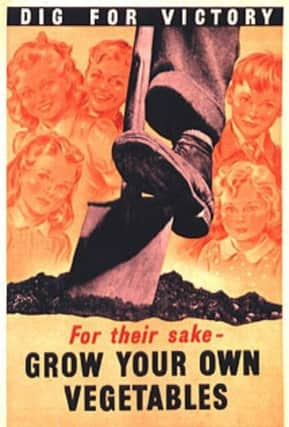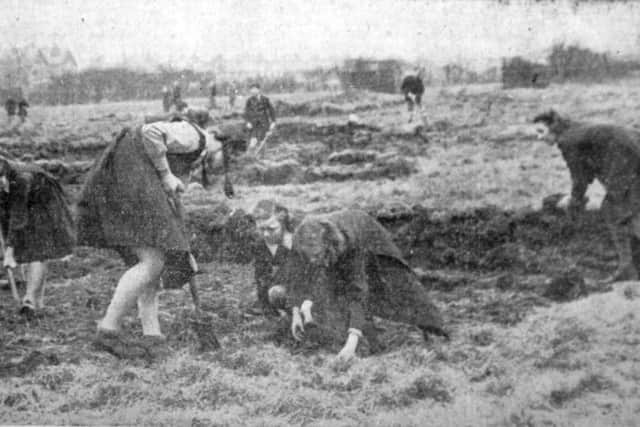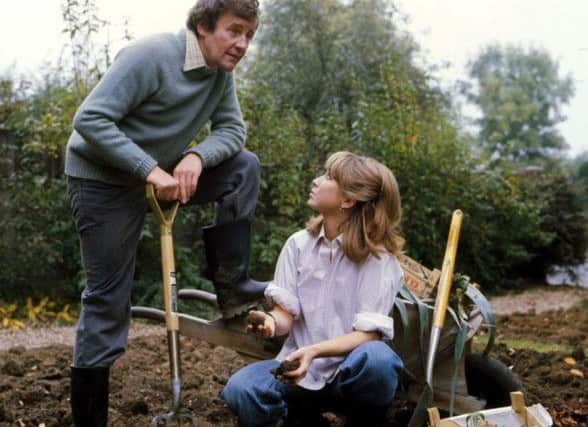Digging for victory: how much fruit and veg do we grow?


The self-sufficiency ideal instilled by “The Good Life” still strikes a chord today - but no one knows exactly how much own-grown food the country is producing.
For the first time since the famous Dig for Victory campaign of World War Two, researchers at the University of Sheffield have set out to determine the yield of typical UK fruit and vegetable crops, using data gathered from window boxes to greenhouses and allotments.
Advertisement
Hide AdAdvertisement
Hide AdDr Jill Edmondson, a soil scientist and ecologist from the Department of Animal and Plant Sciences at the University of Sheffield, said: “There are estimates associated with Dig for Victory and it was estimated that 10 per cent of the food consumed was grown by own growers.


“That’s the last time there has been any attempt to quantify what has been produced by domestic growing. At the moment there just isn’t the data.”
Researchers are hoping to recruit at least 1000 people who grow their own fruit and veg to enter the weight of their crops and the size of their plots on a website. The local soil type will be taken into account to reveal the variations in yield across the country.
The results should help determine how much land people need to support a typical household - and hopefully back up the importance of urban agriculture and food production in the UK.
Advertisement
Hide AdAdvertisement
Hide AdDr Edmonton said: “More than 80 per cent of us live in cities and towns which are heavily reliant on imports of food.


“Typically 50 per cent of the area of a city is greenspace and probably one to two per cent of that is allotments, and about 25 per cent is gardens.
“There is a massive resource there which could be used to make an important contribution to local food security, but at the moment we don’t know how much is being produced and how much we could increase that if more land was used for own food production.
“Hopefully people will be excited by this project. A lot of people who grow their own now record this data. If they have it historically there is a facility to enter that data - someone sent us theirs back to 1996.
Advertisement
Hide AdAdvertisement
Hide Ad“I am hoping kids and schools take part as there’s real potential to look at food in a different way.”


MYHarvest is part of a wider research project that will study whether there are any barriers to using urban greenspaces for growing food, for example some soils may contain high concentrations of pollutants such as heavy metals that could pose a risk to human health if used for food production.
Roscoe Blevins, a research scientist in the MYHarvest team, said: “We are working with the National Allotment Society and the Royal Horticultural Society and hope to engage as many own-growers as possible.
“Every piece of information we receive will be important to the outcomes of this project and we hope taking part will also be a fun way for growers to get the most out of their planting as they compare their own findings with that of others around the country.” Visit myharvest.org.uk